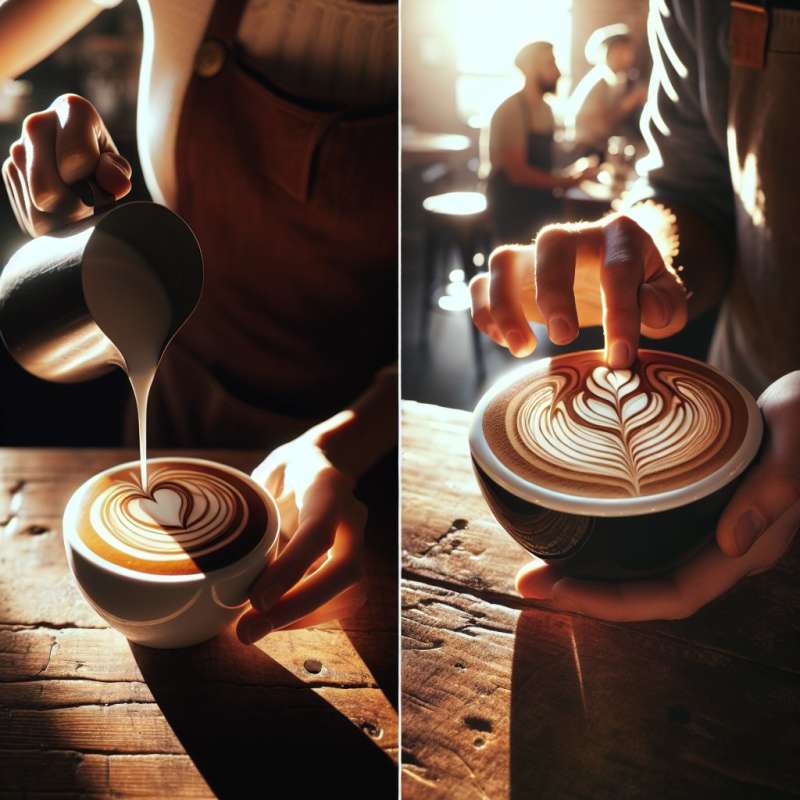
History of Latte Art
Latte art began in Italy, evolving alongside espresso culture. In the 1980s, it gained popularity when coffee machines could reliably froth milk. It's now considered a sign of a barista's skill and a well-prepared drink.
Latte Art Essentials
Creating latte art requires espresso with rich crema, perfectly steamed milk, and a skilled pour. The milk must be frothed to a creamy microfoam, neither too thick nor too runny, to create the delicate patterns.
First Latte Art Patterns
The heart and the rosetta are the foundational patterns of latte art. The heart is created by pouring steamed milk into the center of the crema, while the rosetta is formed through a wiggle motion and a pull-through.
Free Pour vs Etching
Latte art is mainly done by free pouring, which requires pouring milk into espresso. In contrast, etching involves drawing designs with a tool, introducing possibilities like intricate flowers or even portraits, expanding beyond traditional patterns.
Latte Art in Competitions
Latte art competitions highlight the creative and technical skills of baristas. Competitors are judged on symmetry, contrast, clarity of design, and the difficulty of patterns, showing that latte art is both an art and a precision craft.
3D Latte Art Innovation
Advancements have led to 3D latte art where frothed milk is sculpted into shapes like cats or flowers, towering above the cup. This innovation requires quick, precise handwork and a deep understanding of foam's properties.
Latte Art and Coffee Quality
While latte art is visually appealing, it also indicates a quality beverage. Properly textured milk mixed with well-extracted espresso signifies attention to detail and mastery over the craft, enhancing the overall coffee experience.Latte Art's Hidden Health Benefits
Studies show the microfoam in latte art can reduce coffee's acidity, making it easier on the stomach and enhancing the flavor.
Where did latte art originate?
In France during the 1970s
In Italy with espresso culture
In the USA during the 1980s
Company